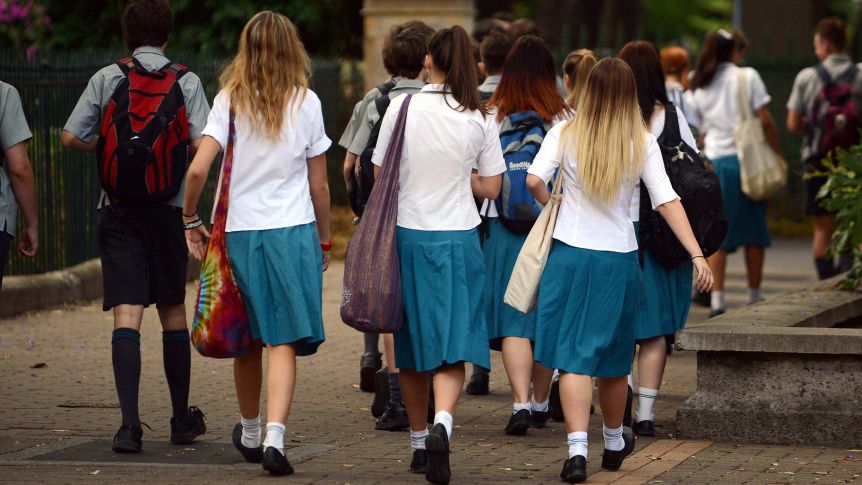
This report by the Royal Society highlights the potential impact on the 13 year groups of students who have been affected by the lockdown. It is estimated that, without action, from the mid-2030s for the 50 years following that, around a quarter of the entire workforce will have lower skills.
This could reduce their earning potential by 3% a year and consequently lower the overall economic growth rate. Apart from the longer-term economic consequences of school closures, the immediate negative impact on children’s mental and physical health, as well as their safety, will be considerable.
The report assesses the difficulties of balancing the significant costs to pupils and parents of school closures against the need to minimise the risk of COVID-19 infection of children, teachers and the wider community. It concludes that the risk of restarting schools is not as high relative to many other activities, while recognising that the evidence on the infection risk from school opening is still limited. The experience of most other countries which have already taken this step supports this. By contrast, the evidence on the negative impact of closing schools is considerable and robust.
When infection rates rise in some locations, schools may need to close but such decisions should be determined by objective criteria and made on a school by school or local area basis.
Main Actions:
- Suppress the virus in the wider community, as a priority, to reduce the risk of transmission in schools once at full capacity, and to minimise future disruptions to learning.
- Have objective and transparent criteria for local decision making about closing and opening schools, with clear leadership for that decision making.
- Provide realistic guidance and substantial extra resources to ensure schools can minimise chains of transmission (parental guidance on when to keep their child at home applying the precautionary principle; rigorous hygiene; physical distancing and reduced mixing; extra teachers; PPE - including face coverings for teachers, older children and those with underlying heath issues; management of staff rooms; regular testing; and prioritisation for vaccines for teachers).
- Implement effective surveillance, with a test-trace-isolate system that enables a rapid response to outbreaks, and which allows schools to re-open quickly.
- Establish effective, clear and unified communication with school leaders, teachers and parents to manage opening and closing of schools in response to local conditions.